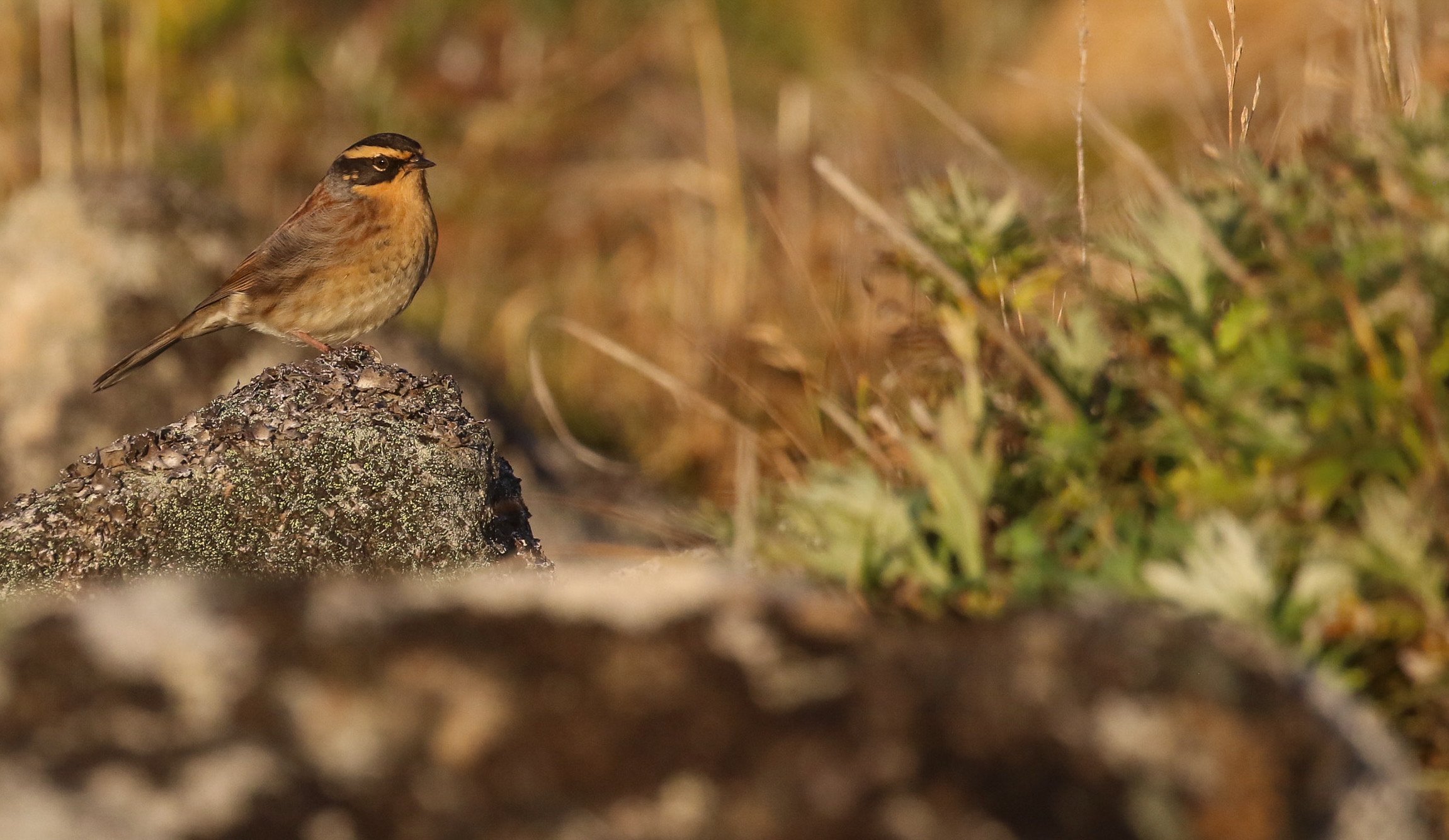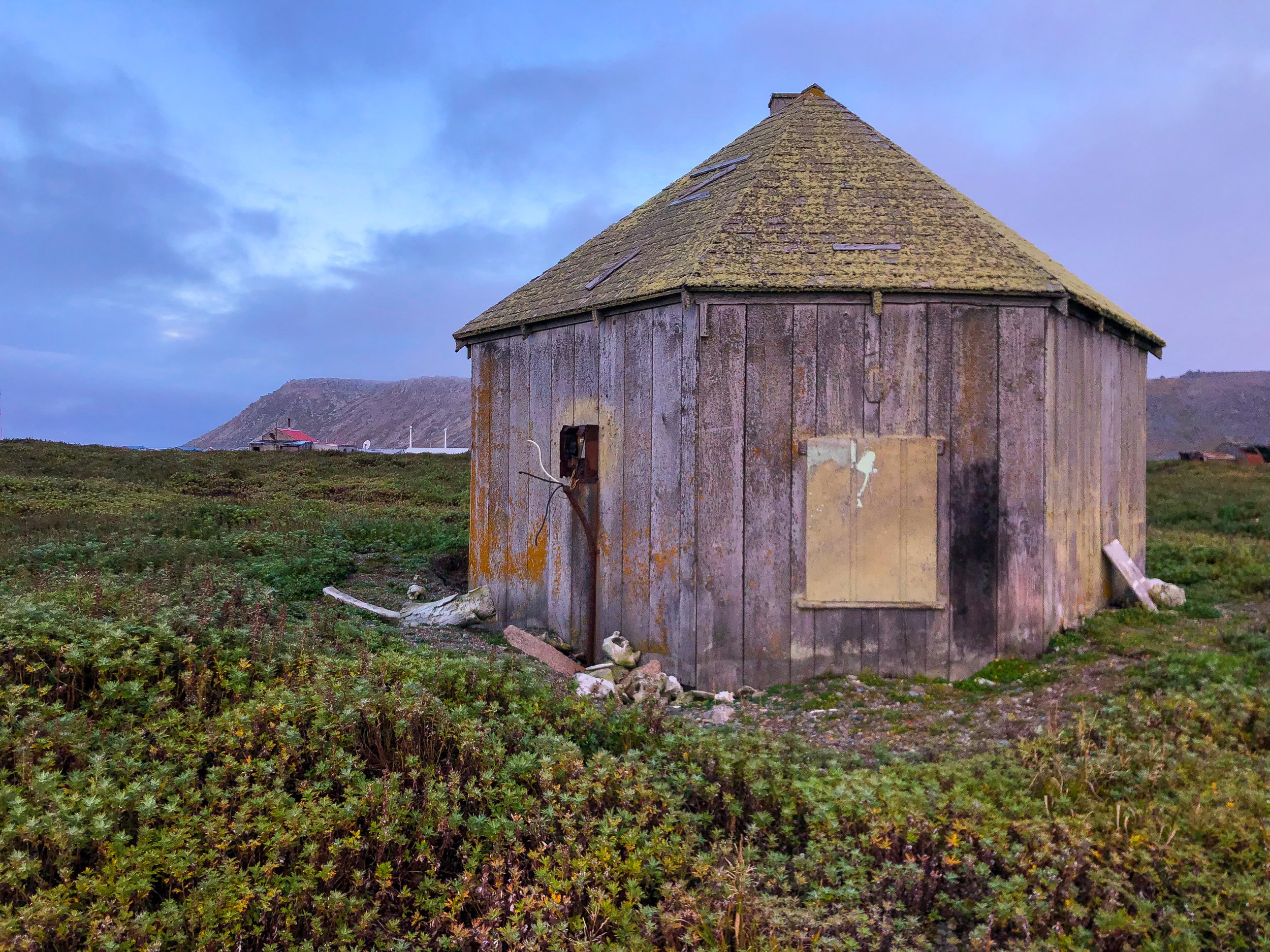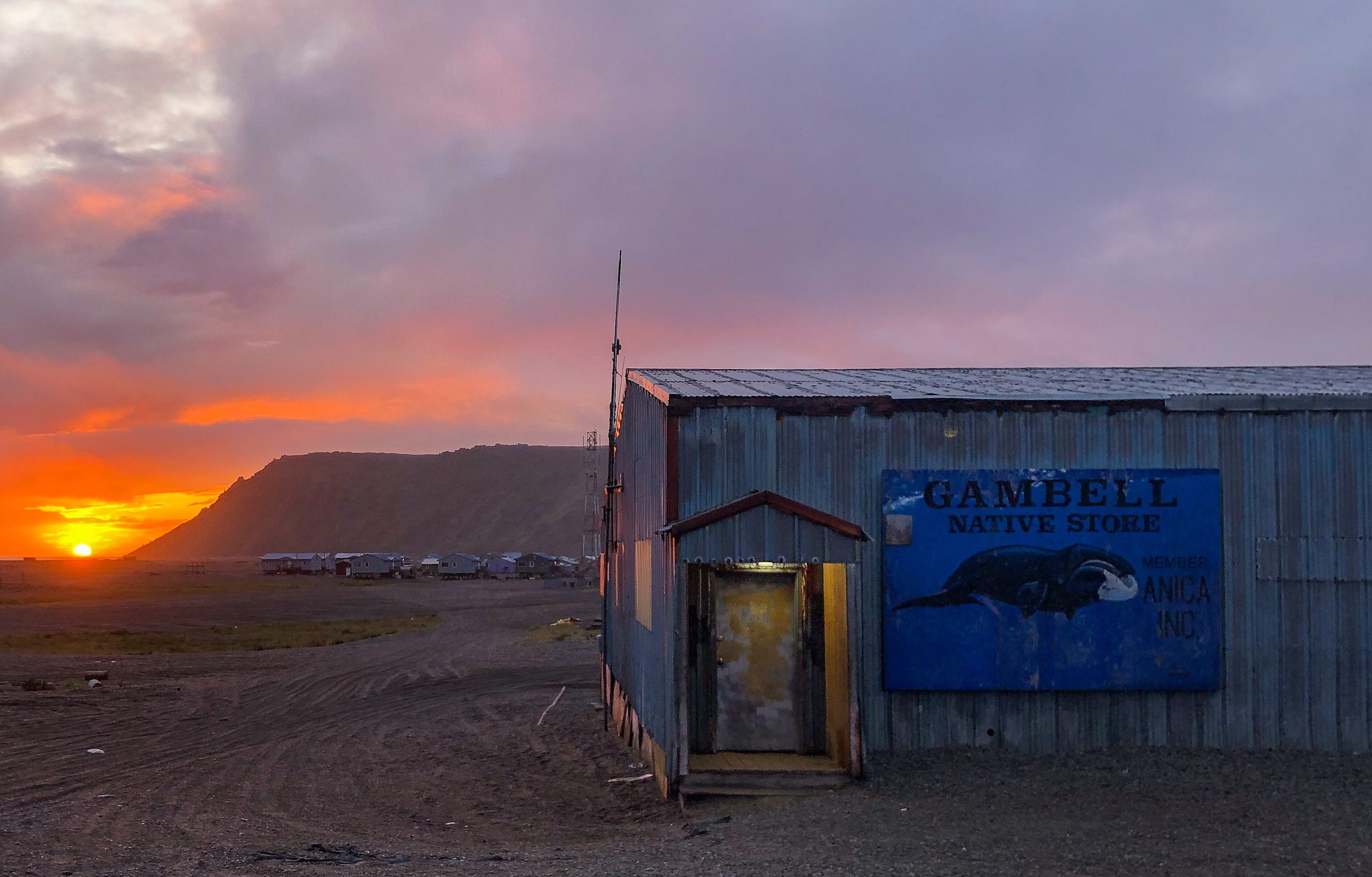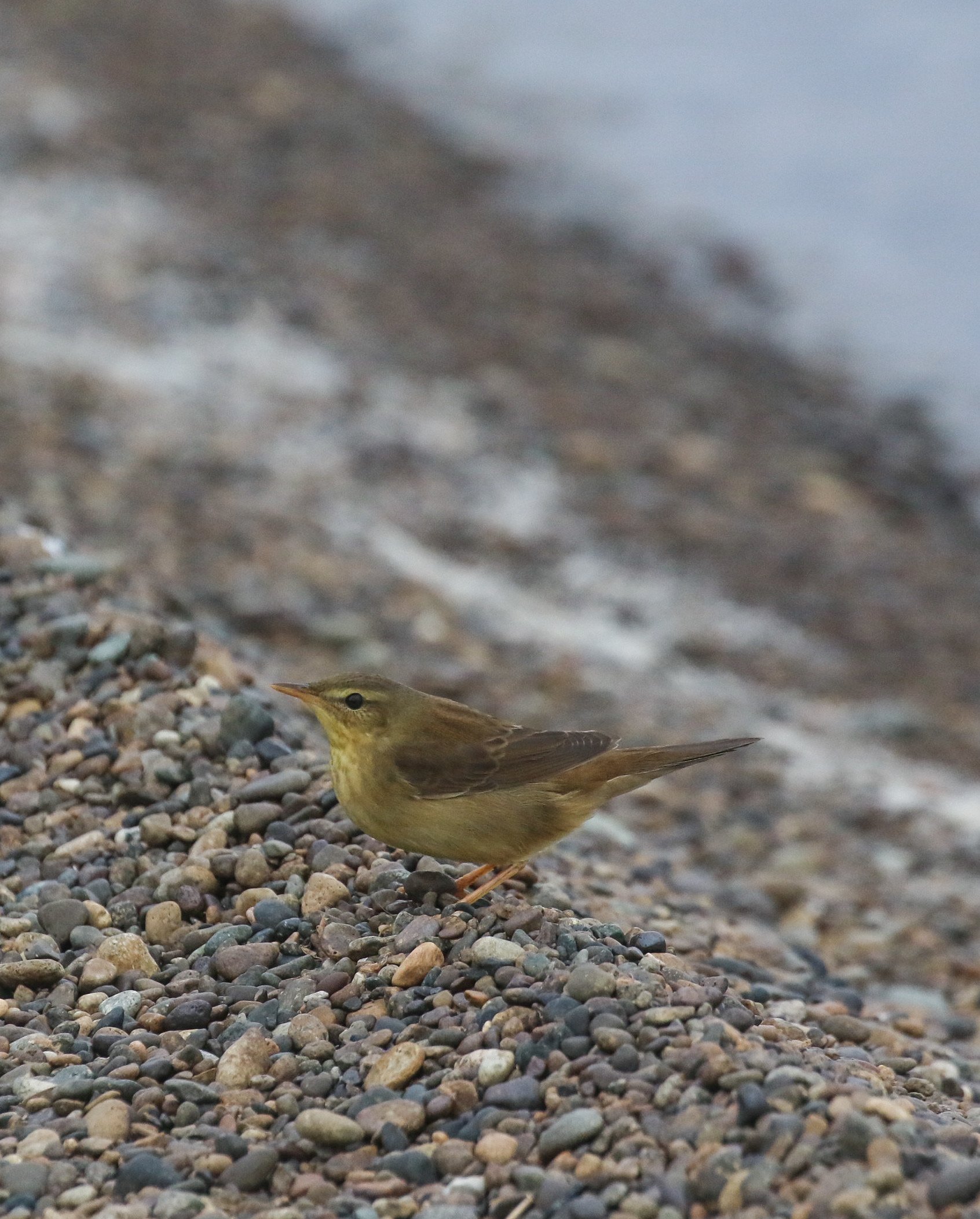NOTE there is an extension from September 3rd-7th. This should provide us with the time we need to possibly discover more Asian songbirds, as there is a trend of increased vagrancy in the first week of September. Plus, once you’re there, why not stay a while. There are still spaces but they’re going fast! Hope to see you in 2024.
Birding on the Bering Sea outposts during the early autumn offers a variety of western Alaska specialties, an incredible seabird spectacle, southbound shorebirds that include small numbers of Old World species, and a good chance of finding Asian landbird strays. In contrast to the spring migration period, fall migration is protracted and full of glorious uncertainty, but some of the plumages, to say nothing of the species, are rarely seen on North American birding tours. Although rare passerines can be expected to occur between late August and early October, the number, composition, and timing of their occurrence vary from year to year, depending on such factors as the weather, that year’s nesting success, and of course good luck!
We’ve timed the Gambell portion of the tour to coincide with the movement of trans-Beringian migrants heading back to their Old World wintering grounds. Usually we detect numbers of Arctic Warblers, Eastern Yellow Wagtails, Northern Wheatears, Bluethroats, and Red-throated Pipits heading west. Here too a multitude of alcids will be present in sometimes mind-numbing numbers, and the seawatching from the point is perhaps unsurpassed in North America.
After we return to mainland Alaska, a morning of birding in the Nome area will give us a chance to catch up with some of the regular Alaskan birds, and with luck, perhaps some specialties such as Arctic Loon, Willow Ptarmigan, Gyrfalcon, and Bar-tailed Godwit.
The list of landbird strays recorded at Gambell in late August and the first half of September is a heady one, although any one visit may produce only one or two… or many more, depending on the year. The list compiled between 1996 and 2021 includes multiples of Oriental Cuckoo, Fork-tailed Swift, Eurasian Wryneck, Brown Shrike, Middendorff’s Grasshopper-Warbler, Dusky Warbler, Willow and Yellow-browed Warblers, “Siberian” Common Chiffchaff, Lesser Whitethroat, Spotted Flycatcher, “Siberian” Stonechat, Siberian Accentor, Pechora and Olive-backed Pipit, Little, Yellow-breasted, Reed, and Pallas’s Buntings, Brambling, and Common Rosefinch. Asian strays recorded during visits later in the season include Sky Lark, Sedge Warbler, Yellow-browed Warbler, Taiga Flycatcher, Siberian Rubythroat, Red-flanked Bluetail, Siberian Accentor, Eye-browed Thrushes, Pechora Pipit, and Yellow-browed Bunting, with the list growing every year. We’ll hope for winds from the west or southwest, and at least some rain, to increase our chances for Asian vagrants. A variety of far-flung North American strays have turned up during this entire period as well. Nights in Gambell.




